Meet Kristina Holsapple, an Undergraduate Computer Science Major
This post features Kristina Holsapple. Kristina is third-year undergraduate student studying Computer Science at the University of Delaware.
Kristina Holsapple (she/they) is in their third year studying Computer Science at University of Delaware (UD) where they work with Dr. Cory Bart. They graduated from a high school where, unfortunately, there were no CS courses offered. Once they arrived at UD, they took a computing course with Dr. Bart and fell in love with the combination of human interaction and math.
As an underrepresented non-binary person in CS, Kristina said, “Sitting in the course I did not see anyone who looked like me so I knew I needed to stay and take up that space. There are very few non-binary people in my major at UD, someone has to be the first. As Dr. Bart says, ‘the best time to plant a tree was 50 years ago,’ so there is no better time than today to be that representation.” Kristina has also found a new home in the CS education research community. “The CS community is so welcoming,” she said. “I want to continue to empower others in the CS community, while also continuing rigorous technical research.”
Kristina first became aware of CSEdResearch.org and its resource center when Dr. Bart shared the Conducting Research page with her when she began to work with him. They used the site to dive deeper into the resources to guide writing of their literature reviews for research projects.
Kristina believes that the resource center “prompts rigorous quality of research and helps the overall CS community [conduct] research.” Kristina continues to share information she learned from CSEdResearch.org’s resources with fellow students. “I know that the information is high quality on your website because of the rigorous, high standards, which have also instilled those values into my own work as an undergraduate researcher,” she stated.
 Kristina Holsapple is an undergraduate student studying computer science at the University of Delaware. She works with Dr. Cory Bart.
Kristina Holsapple is an undergraduate student studying computer science at the University of Delaware. She works with Dr. Cory Bart.

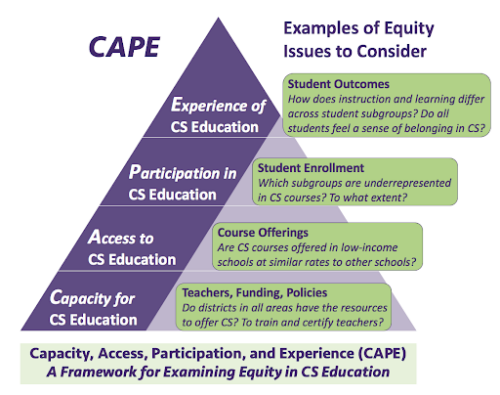
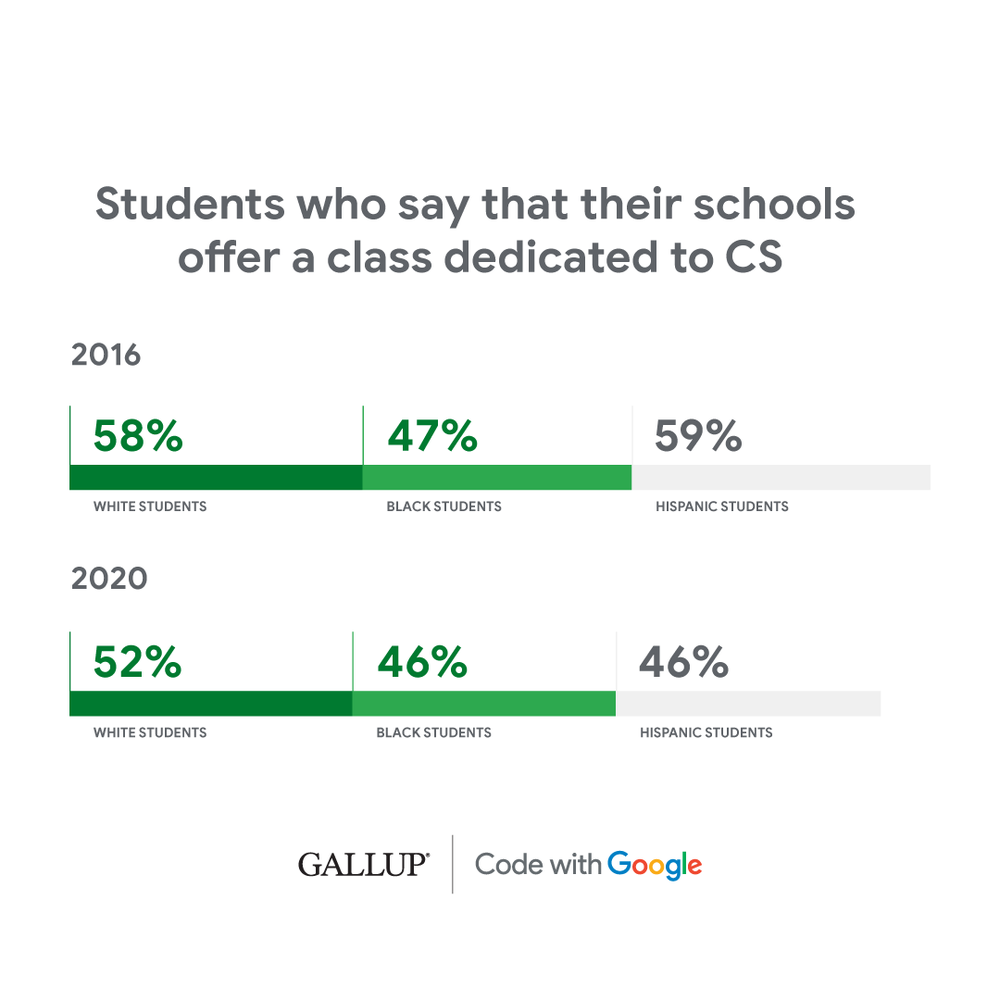
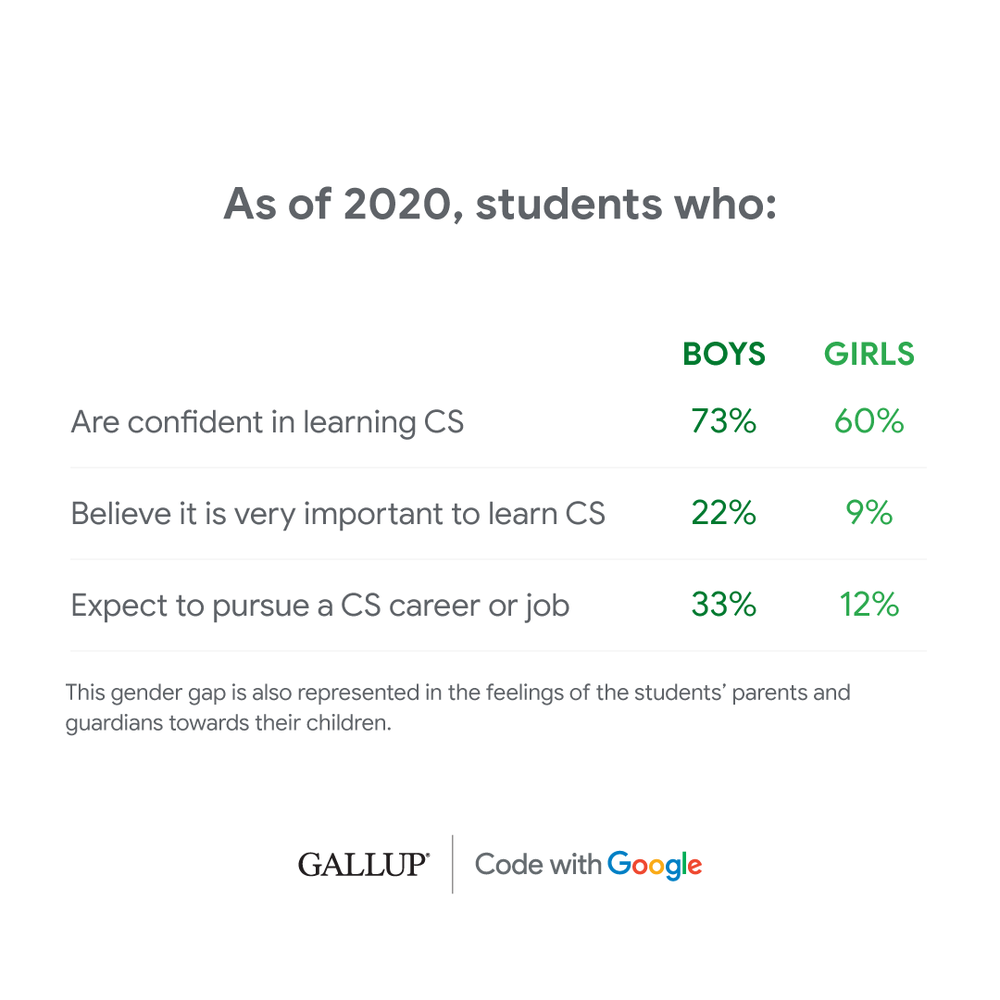
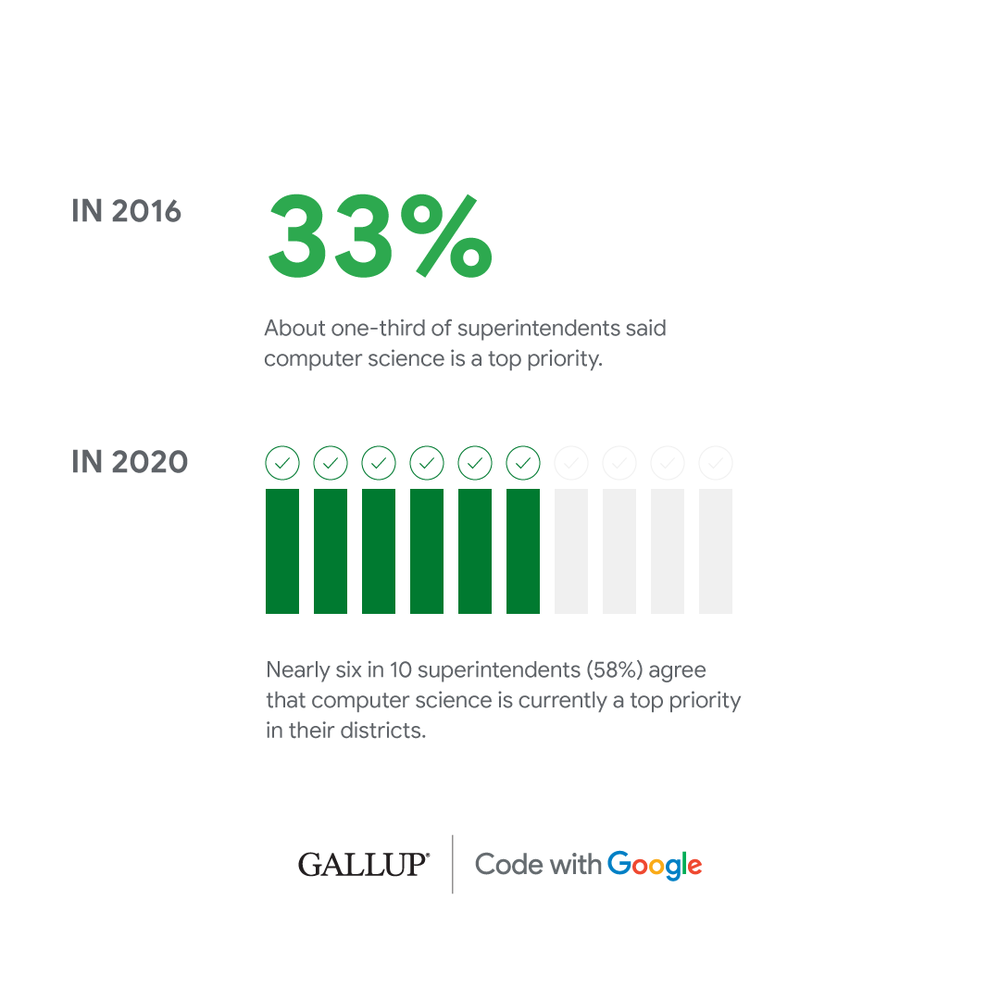
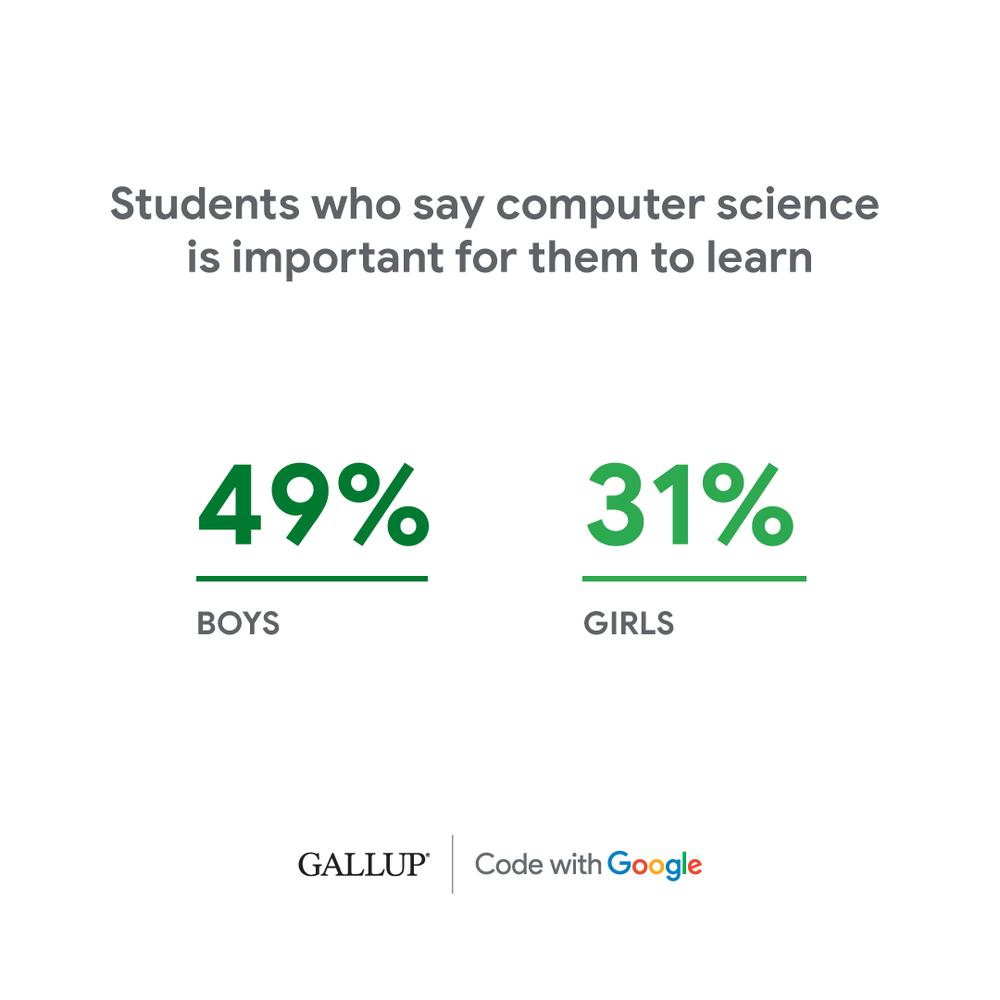
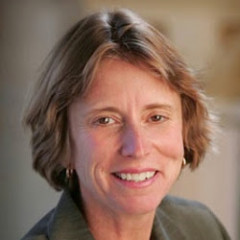 Maggie Johnson is Director of Education and University Relations for Google. She manages all technical education, content development, and information management programs for Google engineers and operations staff, as well as Google’s K12 educational programs in STEM and computer science (CS).
Maggie Johnson is Director of Education and University Relations for Google. She manages all technical education, content development, and information management programs for Google engineers and operations staff, as well as Google’s K12 educational programs in STEM and computer science (CS).